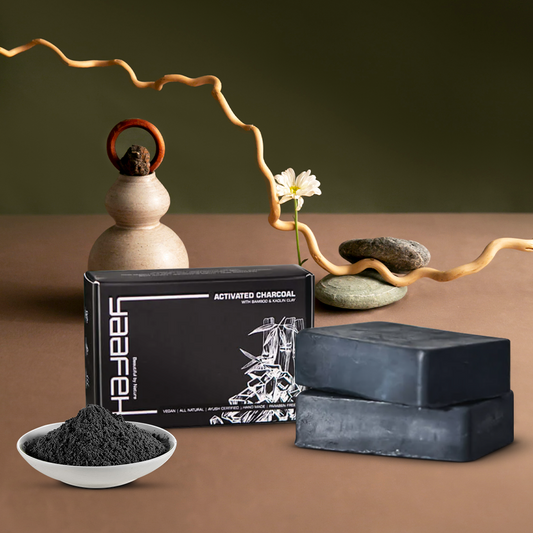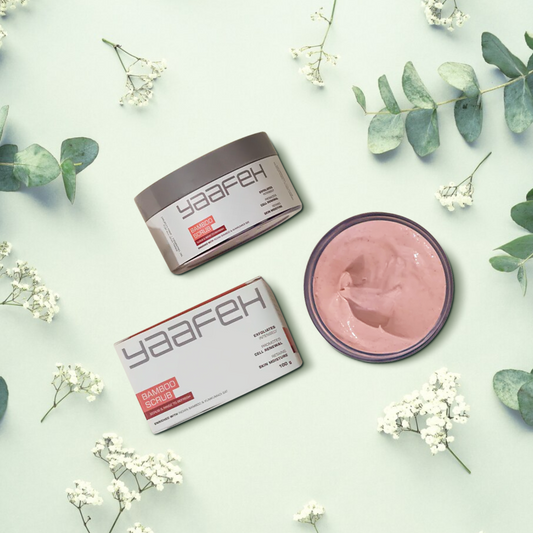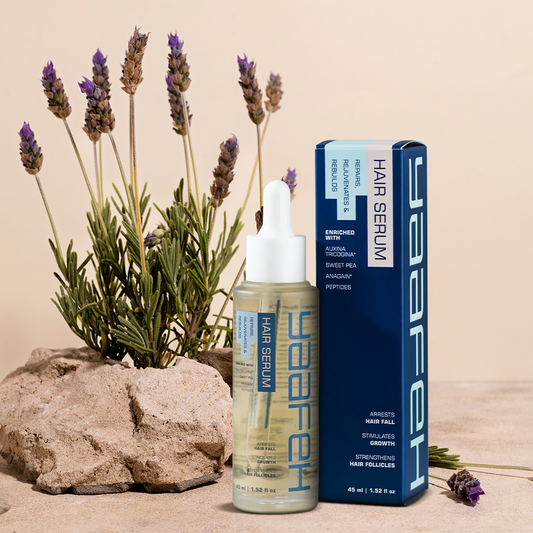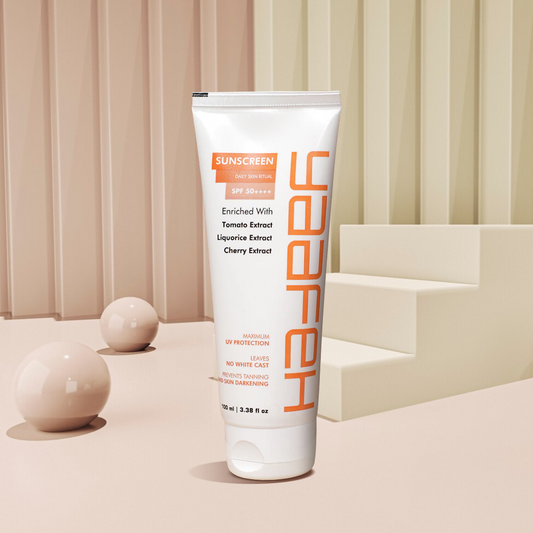Are you tired of trying out different skin care products only to find out they are not suitable for your skin type? Or do you want to know what type of skin you have, so you can choose the right products for your skin? If you answered yes to either of these questions, then this guide is just for you! Here, I will be discussing what skin type is, its benefits, and how to identify your skin type. So, let’s dive right in!
Introduction: What is Skin Type?
Your skin type is determined by the amount of oil your skin produces. It can range from dry to oily and from normal to combination. It is important to identify your skin type in order to select the right skincare products and create an effective skincare routine.
There are five main skin types: dry, oily, combination, sensitive, and normal. Each skin type has its own unique characteristics and needs. Knowing your skin type is essential for finding the right products to keep your skin healthy and glowing.
Identifying Your Skin Type
Oily Skin: The Bane of Shine!
Are you tired of constantly battling with shiny, greasy skin that seems to have a mind of its own? Do you feel like your pores are betraying you, and your makeup is always melting off your face? It's time to face the truth: you have oily skin. But fear not, for this isn't just any skin type - it's a dynamic skin type that requires special care and attention.
Here's a checklist to identify oily skin:
- Appearance: If your skin appears shiny, especially in the T-zone (forehead, nose, and chin), it's a sign of oily skin.
- Touch: Oily skin can feel greasy or sticky to the touch.
- Visible pores: Oily skin often has visible pores that can appear enlarged.
- Acne-prone: Oily skin is more prone to acne breakouts due to the excess oil production.
- Makeup wear: If you notice that your makeup tends to slide off or become patchy quickly, it can be a sign of oily skin.
- Blotting: If you need to blot your skin frequently throughout the day to remove excess oil, it's likely you have oily skin.
- Age: Oily skin is more common in teenagers and young adults but can also occur in older adults.
- Genetics: Oily skin can be hereditary, meaning if your parents have oily skin, you are more likely to have it too.
Dry Skin: Banish The Itch!
Dry skin can be a frustrating and uncomfortable skin type, characterized by a lack of moisture that can leave your complexion looking dull, flaky, and lifeless. It can also lead to itchiness, sensitivity, and even fine lines or cracks in the skin. Dry skin can be caused by a variety of factors, from genetics to environmental conditions, and it requires special care and attention to keep it healthy and hydrated.
Here's a checklist to identify dry skin:
- Appearance: If your skin looks dull, rough, or flaky, it may be a sign of dry skin.
- Tightness: If your skin feels tight, especially after cleansing or showering, it's a sign of dryness.
- Itching: Dry skin can often feel itchy, and scratching may lead to redness or even bleeding.
- Fine lines: If you notice fine lines or cracks in your skin, it's a sign of dryness.
- Sensitivity: Dry skin can be more sensitive to external irritants, which can cause stinging or burning sensations.
- Dull complexion: Dry skin can make your complexion look dull and lifeless.
- Age: Dry skin is more common in older adults, but it can also affect younger people.
- Climate: If you live in a dry climate, it can exacerbate dry skin symptoms.
Sensitive Skin: A 24*7 S.O.S for the right care
Do you find yourself avoiding certain skincare products, fearing they might cause irritation or breakouts? Do you feel like your skin is always on the brink of a reaction, and you're not quite sure what triggers it? You may have sensitive skin, a delicate and complex skin type that requires a little extra TLC. But don't worry, you're not alone! Many people struggle with sensitive skin, which can be caused by a variety of factors, from genetics to environmental conditions. The key to managing sensitive skin is understanding what triggers it and finding the right products and routine to keep it healthy and happy.
Here's a checklist to identify sensitive skin:
- Redness: Sensitive skin can appear red or flushed, especially after exposure to irritants or allergens.
- Itching: Sensitive skin can often feel itchy or irritated, and scratching can lead to further inflammation.
- Burning or stinging: Sensitive skin can be more reactive to certain ingredients in skincare products, causing a burning or stinging sensation.
- Dryness: Sensitive skin can also be dry, which can exacerbate sensitivity and lead to flakiness or roughness.
- Tightness: Sensitive skin can feel tight and uncomfortable, especially after cleansing or exposure to water.
- Allergies: If you have a history of allergies, asthma, or eczema, you may be more prone to sensitive skin.
- Environmental factors: Sensitive skin can be triggered by exposure to environmental factors such as sun exposure, pollution, or extreme temperatures.
- Skincare products: Sensitive skin can react negatively to certain skincare products, such as harsh cleansers, fragrances, or exfoliants.
Normal Skin: The Gift of Nature
If you are lucky enough to have this skin type, you are one of the fortunate few who don't have to deal with the challenges of oily, dry, or sensitive skin. Normal skin is the kind that most people aspire to have, with its perfect balance of hydration, even texture, and radiant complexion. It's the kind of skin that seems to glow from within, without the need for heavy makeup or cover-ups. So, if you are blessed with normal skin, congratulations! You have won the skin lottery!
Here is a checklist to identify normal skin:
- Even texture: Normal skin has a smooth and even texture with a soft and supple feel.
- Balanced hydration: Normal skin is well-hydrated, neither too oily nor too dry.
- No visible pores: Normal skin has small pores that are barely visible to the naked eye.
- No blemishes: Normal skin does not have pimples, blackheads, whiteheads, or any other noticeable blemishes.
- No sensitivity: Normal skin is not overly sensitive to products, weather changes, or other environmental factors.
- Radiant complexion: Normal skin has a healthy glow and an even skin tone.
- Minimal fine lines and wrinkles: Normal skin does not show significant signs of ageing, such as deep wrinkles or fine lines.
Combination Skin: A constant struggle to beat the odds
Combination skin is like having the best of both worlds, and sometimes, the worst! If you have combination skin, you know what it's like to have a mix of oily and dry areas on your face. Your T-zone might be as slick as an oil slick, while your cheeks are drier than a desert. But fear not, because, with the right skincare routine, you can balance out those oil and dry patches and have the skin of your dreams! So, if you're a proud owner of combination skin, get ready to learn everything you need to know to keep your skin happy and healthy.
Here is a checklist to help you identify if you have combination skin:
- Oily T-zone: If you have an oily T-zone, especially in the forehead, nose, and chin area, this is an indication of combination skin.
- Dry cheeks: If your cheeks feel dry or tight, this is another sign of combination skin.
- Visible pores: Combination skin tends to have visible pores, especially on the nose and cheeks.
- Occasional blemishes: If you have a few pimples or blackheads in the T-zone area, but not on the cheeks, it could be a sign of combination skin.
- Shiny skin: If your skin looks shiny or greasy in some areas, especially the T-zone, this is another indication of combination skin.
- Makeup doesn't last: If your makeup tends to slide off or wear away in some areas of your face but not others, this could be due to combination skin.
- Uneven skin texture: If your skin texture varies across different parts of your face, such as being smooth on the cheeks but rougher on the forehead, this is another sign of combination skin.
Conclusion
Identifying your skin type is essential for finding the right products for your skin. Knowing your skin type allows you to create a tailored skincare routine that caters to the unique needs of your skin type. Now that you know the basics of skin type, you can move on to creating your own skincare routine. So, what are you waiting for? Start identifying your skin type today and get one step closer to glowing, healthy skin!


















